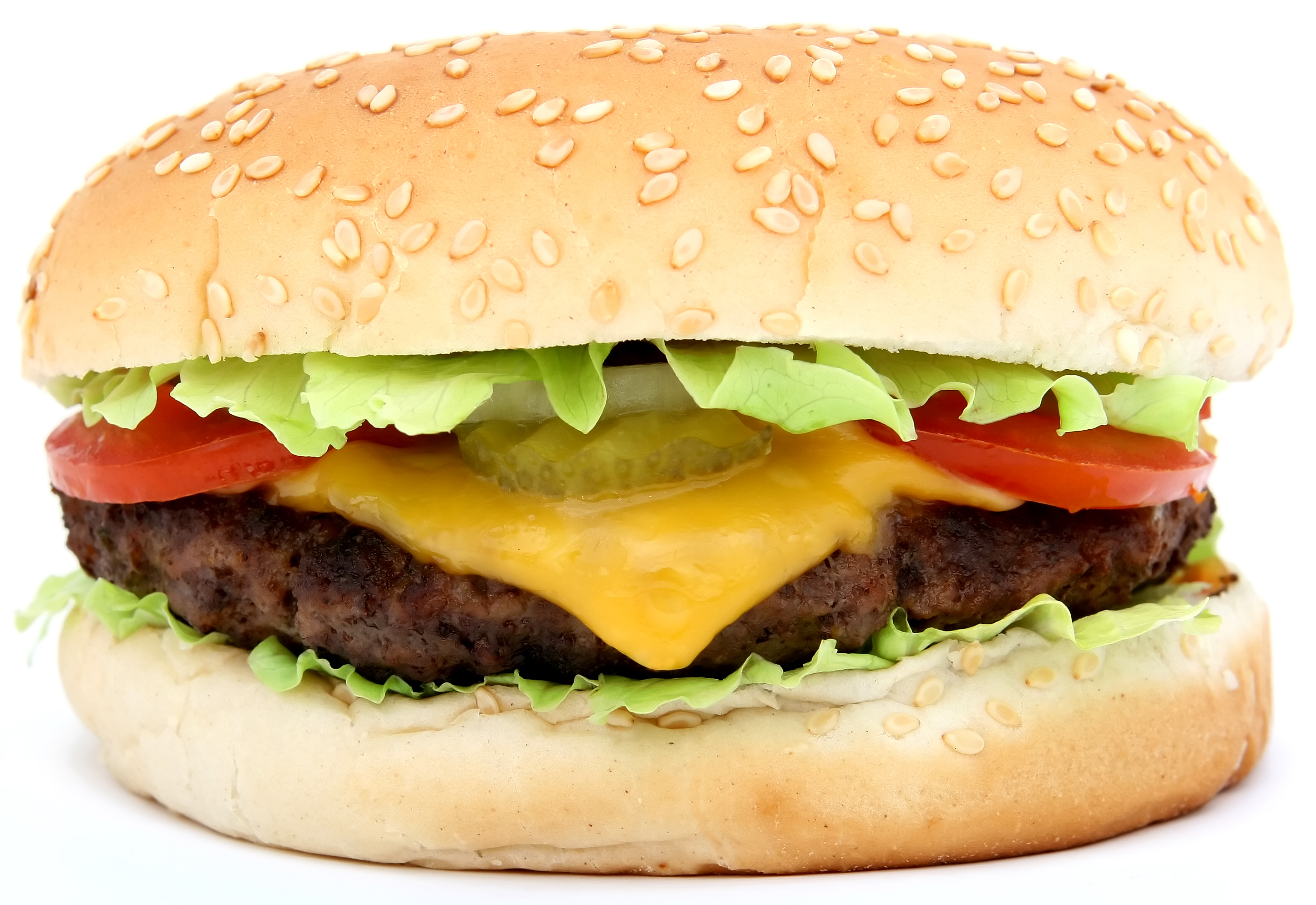Needless to say, I think I’m hitting my stride.
 I attended just such a class this past Wednesday on the
wines of Tuscany. Practically the “Napa of Italy,” Tuscany is home to Chianti,
a well-known red wine made from Sangiovese grapes in the (shocker) Chianti
region. It is also home to the famous “Super Tuscans” and of course the little
black rooster labels that perch on the neck of the bottle.
I attended just such a class this past Wednesday on the
wines of Tuscany. Practically the “Napa of Italy,” Tuscany is home to Chianti,
a well-known red wine made from Sangiovese grapes in the (shocker) Chianti
region. It is also home to the famous “Super Tuscans” and of course the little
black rooster labels that perch on the neck of the bottle.
What Tuscany is not
known for is its white wines, but perhaps it should be.
Although few, the white wines of Tuscany are both bright in
acidity (much like their red counterparts), but more mellow as far as balancing
notes featuring more candied lemon peel over fresh lemon and notes of baking
spices even though few see any time in oak. Growers here could make a lot more
money growing more commonly known varietals like Chardonnay, but they stick to
Italian native grapes. Why? Because when done right these wines are full in
flavor & freshness. A combo just not found anywhere else. Such is the case with Le Rote Vernaccia di San Gimignano.
(Insert Pause)
Yes, it is a mouthful, but it’s actually pretty easy to break this wine label down. In most cases, the grape name in the Italian wine comes before the word “di” which means “from”. So this wine is a Vernaccia from San Gimignano (the town) produced by the Le Rote wine estate. See, that was easy!
 In the glass, this wine is pale brass in color and can have
a slight green tinge, although that typically fades with air time. This wine
has almost a “heady” quality (yes, I am referring to beer here!) with a hoppy
nose supporting more delicate notes of rich floral & pollen. A powerful
palate, it showcases those spice notes like nutmeg & white pepper, but also
a clean crisp finish of lemon peel. After you swallow this wine, the hops return
and your palate may just be fooled into thinking you just had a sip of Lager. If
I had to find a flavor cousin inside of the wine family, I would lean towards
the (slightly) better known Albarino, full of body but bright & clean. Outside
the wine family, this grape is defiantly taking notes from Blue Moon – sans
orange.
In the glass, this wine is pale brass in color and can have
a slight green tinge, although that typically fades with air time. This wine
has almost a “heady” quality (yes, I am referring to beer here!) with a hoppy
nose supporting more delicate notes of rich floral & pollen. A powerful
palate, it showcases those spice notes like nutmeg & white pepper, but also
a clean crisp finish of lemon peel. After you swallow this wine, the hops return
and your palate may just be fooled into thinking you just had a sip of Lager. If
I had to find a flavor cousin inside of the wine family, I would lean towards
the (slightly) better known Albarino, full of body but bright & clean. Outside
the wine family, this grape is defiantly taking notes from Blue Moon – sans
orange.
So what would I drink this with? Poultry items with their
own backbone of spice, like Turkey Sausage or even a veggie burger, are a
perfect fit. Creamy meat/carb dishes such as Stromboli and tuna casserole would
also hold its own against this wine as would swordfish & herb roasted pork
loin.
Salute!










